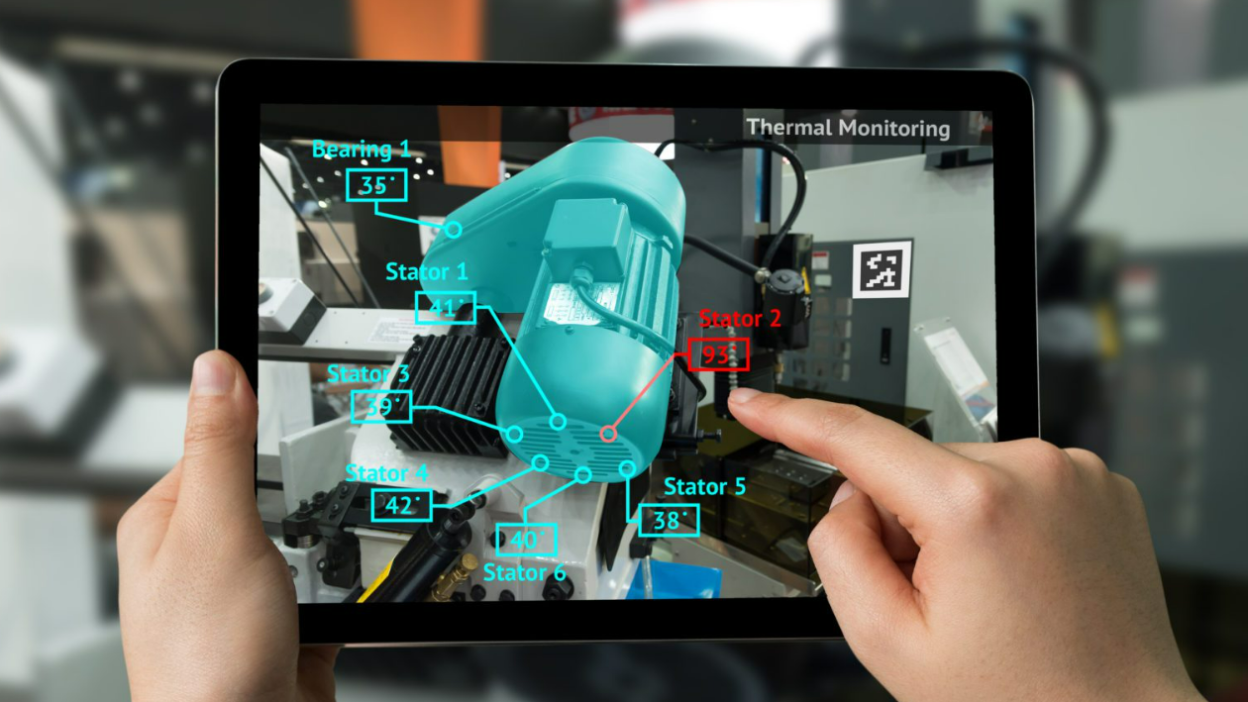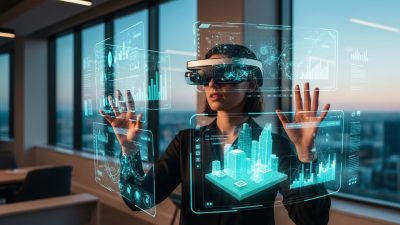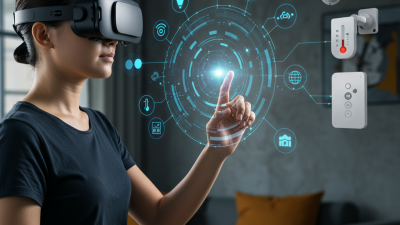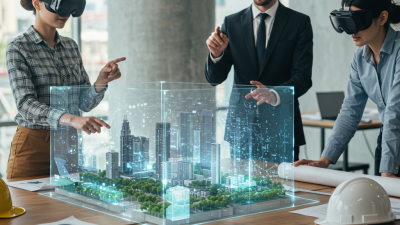Augmented reality (AR) technology has evolved from an experimental novelty to a powerful tool transforming how we interact with our world. By overlaying digital information onto our physical environment, AR creates immersive experiences with practical applications across numerous industries.
AR differs fundamentally from virtual reality in that it enhances rather than replaces our reality. This distinction makes it particularly valuable for businesses seeking to improve customer experiences and operational efficiency.
The global AR market is experiencing remarkable growth, with projections suggesting it will reach $340 billion by 2028. This growth reflects the increasing recognition of AR’s practical benefits in everyday life and business contexts.
Enhanced Customer Experiences
Retailers are using AR to revolutionize shopping experiences. Furniture companies like IKEA allow customers to visualize products in their homes before purchasing, reducing return rates and increasing customer satisfaction. Similarly, beauty brands enable virtual try-ons of cosmetics, creating personalized shopping experiences that drive conversion rates.
AR navigation systems provide intuitive directional guidance by overlaying route information onto real-world views. This technology is particularly valuable in complex environments such as airports, shopping malls, and museum spaces, where traditional maps can be difficult to interpret.
Training and Education Benefits
The educational sector has embraced AR as a powerful learning tool. Medical students can practice procedures on virtual patients, while engineering students can dissect complex machinery without physical models. These applications create deeper understanding through experiential learning that simply isn’t possible with traditional methods.
In workplace settings, AR facilitates more efficient training programs. Research from Stanford University demonstrates that AR-based training improves knowledge retention by 75% compared to traditional methods. This translates to reduced training time and costs for organizations implementing AR solutions.
Operational Efficiencies
For industrial applications, AR provides significant advantages in manufacturing and maintenance operations. Technicians equipped with AR headsets can access real-time information, reducing error rates by 90% in complex assembly tasks according to recent industry studies.
Remote collaboration becomes significantly more effective with AR integration. Field technicians can receive expert guidance through AR interfaces, allowing specialists to virtually “see” problems and guide repairs without traveling to distant locations. This capability proved especially valuable during global travel restrictions, saving companies millions in travel costs while improving resolution times.
Healthcare Applications
In healthcare settings, AR offers remarkable benefits for both practitioners and patients. Surgeons using AR guidance systems report improved precision in delicate procedures, while rehabilitation programs incorporating AR elements show higher patient engagement and better recovery outcomes.
Mental health treatment has also benefited from AR innovations, with exposure therapy treatments using augmented reality environments to help patients confront and overcome phobias in controlled settings with impressive success rates.
Consumer Adoption Trends
The accessibility of AR has increased dramatically with the integration of AR capabilities into smartphones. What once required specialized hardware is now available to anyone with a modern mobile device, leading to widespread consumer adoption.
Gaming applications like Pokémon GO demonstrated AR’s potential for engaging users on a massive scale, but practical applications have proven even more compelling for sustained usage. AR-enhanced navigation, shopping assistants, and information overlay systems are becoming standard features that consumers increasingly expect.
AR’s proven ROI across multiple sectors suggests this technology will continue transforming business models and consumer experiences for years to come. As development tools become more accessible and hardware more sophisticated, we can expect even more innovative applications to emerge.





